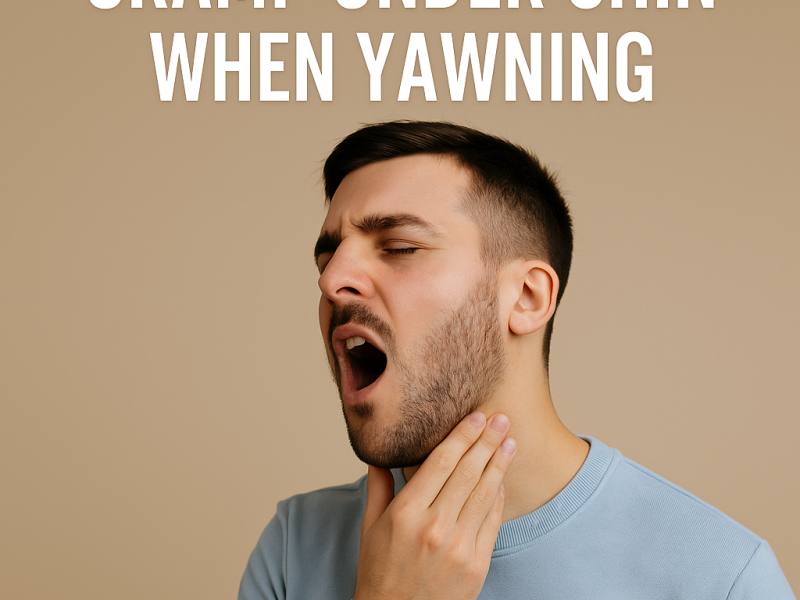AN OVERVIEW:
UTI vs yeast infection symptoms, which are more frequent in women but can also affect men, can hurt and cause discomfort in the genital area. They also have different causes, manifestations, and treatments, even though they can be prevented in comparable ways.
UTIs and yeast infection female jock itch differ primarily in that bacteria usually cause the former and impact the lower urinary system, which includes the bladder and urethra. In contrast, the latter is mainly caused by the fungus Candida and typically affects the vagina.
CAN YOU SMELL A YEAST INFECTION OR UTI?
One area where the symptoms of a yeast infection and a UTI diverge is odor. Urine with a UTI often has a strong odor, is murky or discolored, and may even contain blood. Vaginal discharge that is thick, white, and aromatic is a sign of yeast infection.
IS THE UTI CAUSING ITCHING?
Itching is usually not a symptom of a UTI; instead, it is a pain or a burning feeling while urinating. Nonetheless, burning in the genitalia, swelling in the vagina and vulva, and itching are all typical symptoms of yeast-related infections.
YEAST INFECTION VS. UTI: WHAT CAUSES THE SEPARATION?
Several things can make getting a UTI more likely. One of them is being a woman. Bacteria near the vagina can more easily enter the bladder because the urethra in females is significantly shorter than in males. Additional risk factors for UTIs are:
- urinating but not passing urine
- After having a bowel movement, wipe from back to front.
- Having intercourse while utilizing specific contraceptive techniques, such as diaphragms and spermicides
- Stones in the kidneys or bladder
- having a catheter for urine
Yeast cells are frequently found throughout the body. An overgrowth of that yeast is called a yeast infection, and it can affect not only the vagina but also the mouth, throat, gut, anus, or penis. In particular, risk factors for vaginal yeast infections (sometimes referred to as vaginal thrush or candidiasis) include:
- Using estrogen-containing birth control pills
- wearing clothing that traps moisture and heat in the genital area, such as tight underpants
- having a pregnancy
- compromised immune system
- taking antibiotics or having just finished a course of them
- Unmanaged diabetes
- Using douches or vaginal sprays
CAN A YEAST INFECTION OR UTI GO AWAY ON ITS OWN?
Ignoring a yeast infection or UTI therapy can be harmful. Even though a very minor UTI or yeast infection quiz might clear up, it can get severe and have significant repercussions if left untreated. For instance, a kidney infection may arise from an untreated UTI.
You should speak with your doctor if you have a yeast infection or UTI. Both illnesses have viable therapies provided. Included in this are over-the-counter treatments for yeast infections.
AVOIDANCE: URINARY TRACT INFECTION VS. YEAST INFECTION
You may take similar steps to avoid a yeast infection instead of a urinary tract infection.
Among them are:
- Keeping away from constrictive or tight apparel
- drinking lots of water to stay hydrated
- When you have the urge to urinate, let it out instead of suppressing it.
- both before and after sexual activity
- wiping after a bowel movement from front to rear
- As soon as the exercise is over, change out of your fitness attire and swimwear.
- Frequently switching out sanitary pads for women
- Steer clear of scented douches, vaginal sprays, and feminine hygiene items.
CAN A UTI ACT LIKE A YEAST INFECTION?
It might be challenging to distinguish between a UTI and a vaginal yeast infection if you have never had a diagnosis of either condition because of how similar their symptoms are. Self-diagnosis is made more difficult by the fact that symptoms of ovarian cysts, a condition called interbacterial vaginosis, and other illnesses often resemble those of yeast infections and urinary tract infections.
Because of this, it’s a good idea to consult your doctor if you experience severe pain or discomfort in your genital or belly area.
The last say:
In summary, it is critical to differentiate between yeast infections and UTIs due to differences in their symptoms and management strategies. While Candida-induced yeast infections affect the vagina, urinary tract infections (UTIs) are primarily caused by bacterial infections in the urinary system. Timely diagnosis and suitable treatment are crucial. The three main components of prevention—hygiene, hydration, and avoiding irritants—coincide. It is important to see a doctor for a precise diagnosis because symptoms can mimic those of other illnesses.
FAQ:
Do yeast infections make you tired?
Fatigue, thrush, headaches, mood swings, and gastrointestinal issues are a few uncommon side effects of an untreated yeast infection.
What does yeast in urine look like?
Frequent fever, chills, flank pain while urinating, pain or burning during urination, and murky or bad-smelling urine are some signs of yeast in the urine. What is the appearance of yeast in urine? Well, without a microscope, you won’t be able to see it. Furthermore, many individuals with yeast in their urine don’t exhibit any symptoms.
How is a yeast infection detected?
The standard procedure for identifying yeast infections is to examine skin or ear samples under a microscope. Veterinarians can diagnose and treat dogs with these illnesses by using cytology or culture procedures to detect the presence of excessive yeast.
How do I know if I have a yeast infection or UTI?
Whereas a urinary tract infection causes cloudy urine, a yeast infection causes a white discharge. If someone fears having any illness, they should see a medical practitioner.
Can a UTI throw off your pH balance?
A urinary yeast infection (UTI) can indeed throw off the vaginal area’s pH equilibrium. The mere existence of the infection may change the naturally acidic environment, possibly causing imbalances that might compromise vaginal health generally and make one more vulnerable to other problems.


